Bike Press Camp Part 3
Now in its second year, is a four-day gathering of journalists and companies from the bike industry. Mornings are filled with one-on-one informational meetings, while the afternoons are reserved for product testing. This year Press Camp was held in Deer Valley, Utah, which gave us access to high-mountain roads and lift-served singletrack on the slopes of the ski resort. Here and in upcoming posts, I’ll highlight some of the best of what I saw.
Scott Hits the Mountains…
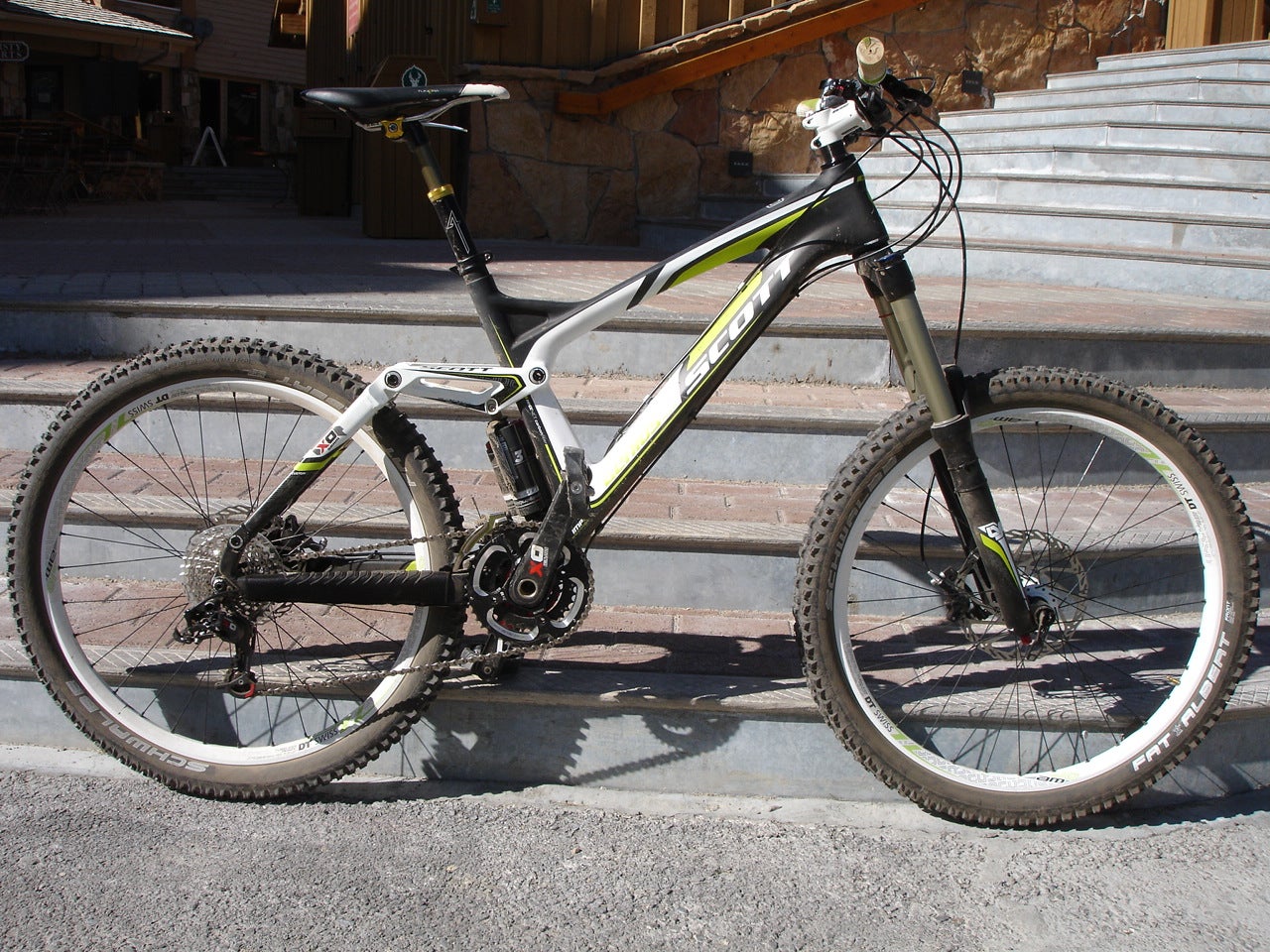
Two key innovations set the Genius line apart—athree-cylinder rear shock, called the Equalizer3, that effectively acts as twoshocks in one (for short and long travel), and Scott’s handlebar-mounted Twin-Locremote, which controls both the fork and rear shock.On the existing Genius, the three-position Twin-Loc togglesbetween a fully-open setting with six inches of travel front and rear, a middle“Traction” setting that leaves the fork open but reduces rear travel to 3.75inches, and a closed setting that locks out both front and rear.
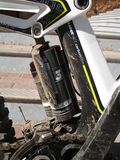
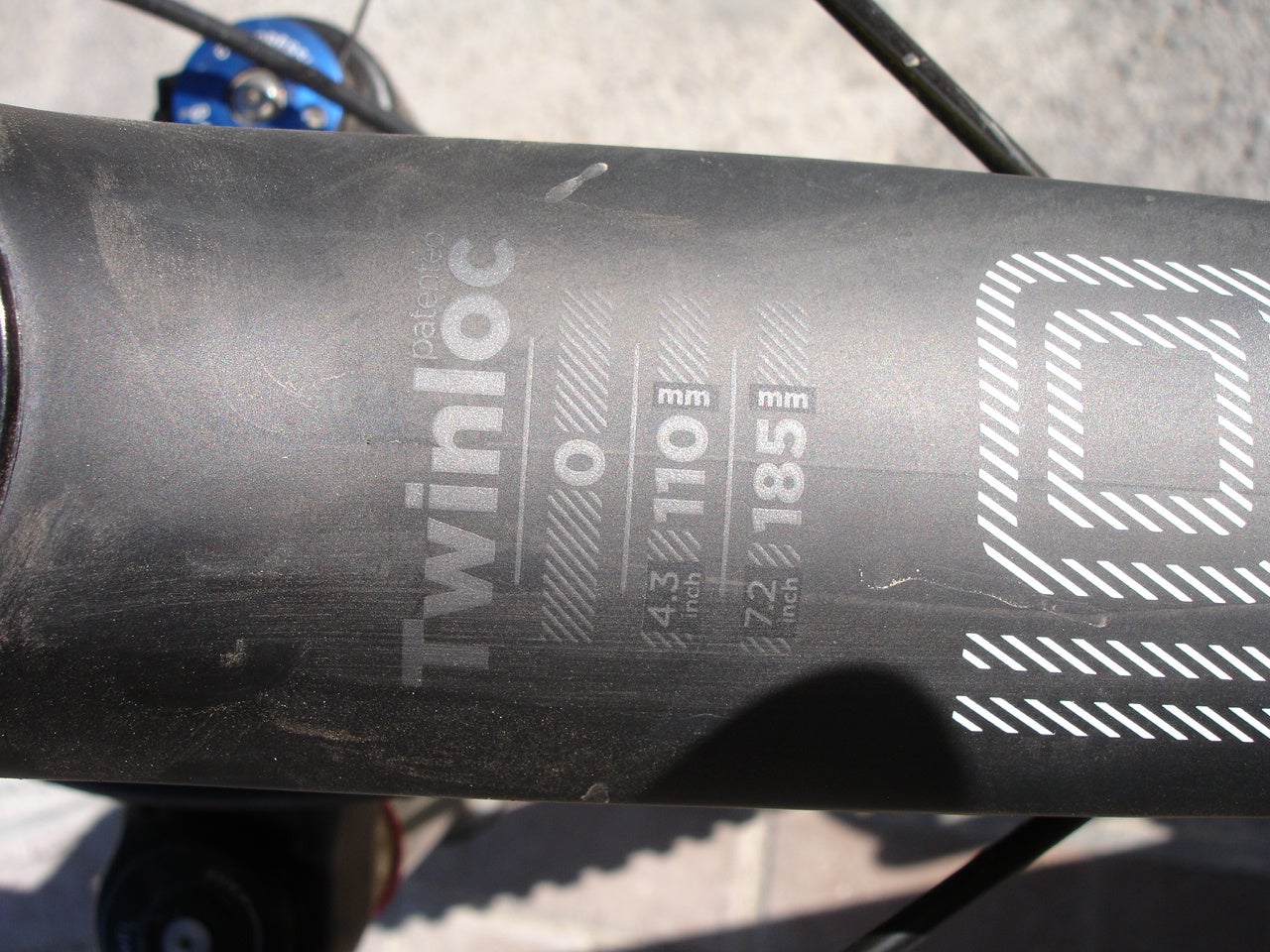
If the Equalizer shock looks familiar, it’s because it’s anevolution of a Scott design created, in part, by German engineer Peter Denk,who now works for Cannondale and designed that company’s two-in-one shock . There are some key differences between the two, however,including the rebound damping on the Cannondale shock and the fact that onlythe Scott design includes a lockout.
As expected, the Genius LT frame has been enhanced to takethe abuse of more aggressive all-mountain riding. The one-piece carbonmainframe has a tapered head tube (wider at the bottom than the top forincreased stiffness), while the burly aluminum rear triangle meets themainframe via oversized pivot bearings (stiffer and more durable).
I took the LT out for a couple of lift-served runs at DeerValley that included sustained climbs and big-hit technical downhill sections.I admit I’m not an aggressive enough downhiller to push a 7.2-inch-travel biketo its limits. But I did take some drops I wouldn’t normally try on thedescents, including jumps off manmade features in very tight sections of trail.The bike let me ride beyond my ability. (Only barely. I did go down in asnowbank.)
The Genius LT does climb as advertised—nothing like across-country thoroughbred but way beyond what I’d expect of aseven-inch-travel bike. It’s more bike than I need in terms of suspension, butnot so much that it’s a beast to pedal. I’m a big fan of the Genius, which ismore applicable to the type of mountain biking I do. But for a certain type ofaggressive, all-mountain rider, the Genius LT warrants a look.
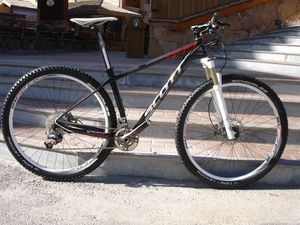
I haven’t had a chance to ride either Scale, but the 29erlooks intriguing. The Scale’s appeal has always been weight, but I have nodesire ever to ride a 26-inch hardtail again. The bigger, easy-rolling wheelsof 29ers, however, slightly reduce the harsh characteristics of hardtail designswhile preserving the benefits (light weight and more efficient pedalingperformance). Hardtail 29ers are becoming increasingly popular on the racecircuit, and the Scale 949 will likely be a popular choice.
…And Goes Aero Road
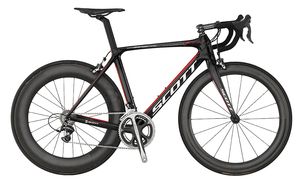
Aero road bikes combine the slippery, elongated tube shapesof triathlon and time-trial bikes with the stiffness and handling of regularroad bikes. In theory, anyway. The idea is that the slight aero benefits willhelp riders during long stages or in solo breakaways. The reality is that aerotube shapes are heavier and inherently less stiff, laterally, which makes forpoor pedaling and handling performance. Scott says it has overcome these problems with the F01.
Thecompany claims the bike is just as stiff, laterally, as Scott’s top-end Addictroad frame and only 5 percent heavier (840 grams). So no loss of handling orpedaling efficiency, and only a negligible weight penalty, but in a frame that isdecidedly more aerodynamic.Scott’s sponsored pros on Team HTC-Columbia will be racingboth the F01 and Addict frames during the Tour. If the F01 can handle the abuseof sprinter Mark Cavendish, it may indeed be as stiff as Scott claims, whichwould make it a remarkable aero design.��
—John Bradley